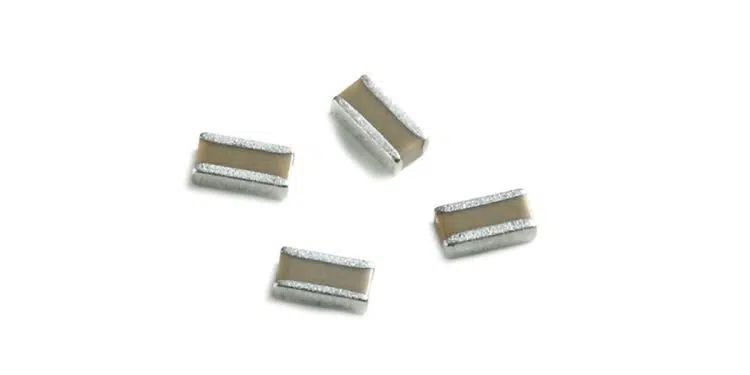YAGEO Group, the global leading passive component service provider, presents its CL series MLCC ceramic capacitors for applications requiring low ESL (equivalent series inductance).
YAGEO’s CL series MLCC portfolio covers both X5R, case sizes from 0204 to 0612, and X7R, case sizes from 0306 to 0612, with capacitances up to 1uF and rated voltages up to 50V.
MLCC is used as decoupling or bypass capacitors near the IC on the power line. However, with the increasing of IC operation speed and frequency, the normal type MLCC is no more suitable. The parasitic ESL will reduce the discharged high frequency current from MLCC, which causes the noise and voltage fluctuation. To stabilize the power line operation, it needs to configure more normal MLCCs, or the better way, to apply a low ESL MLCC.
YAGEO’s low ESL MLCC – CL series, is a reverse termination type by arranging the termination on the length side. The current path decreases from length distance to width distance, which effectively reduces the ESL by 50 ~ 80 percent depending on the part type. The high frequency (> 100MHz) electromagnetic interference generated by the normal type MLCC can be well suppressed.
Key Features
- low ESL capacitors with reversed geometry
- mechanical robust
- 0204 – 0612 case sizes in X7R
- 10-50V range
- 85°C to 125°C max. operating temperature
Application
- high frequency decoupling






























